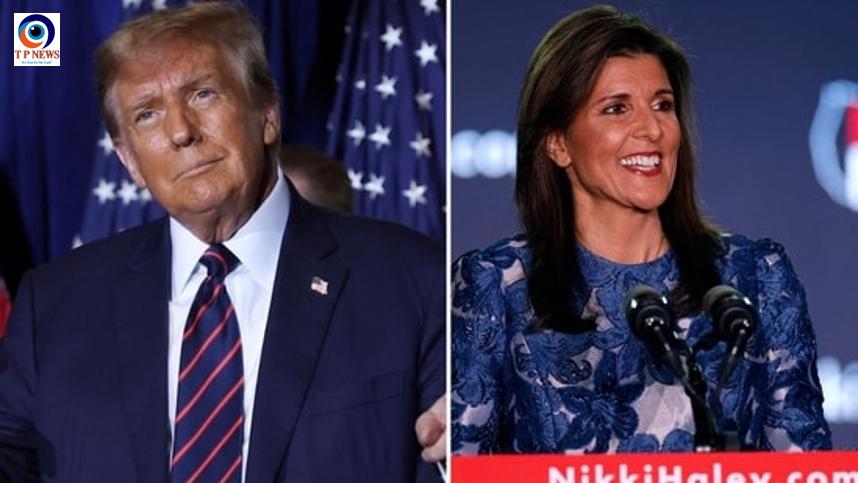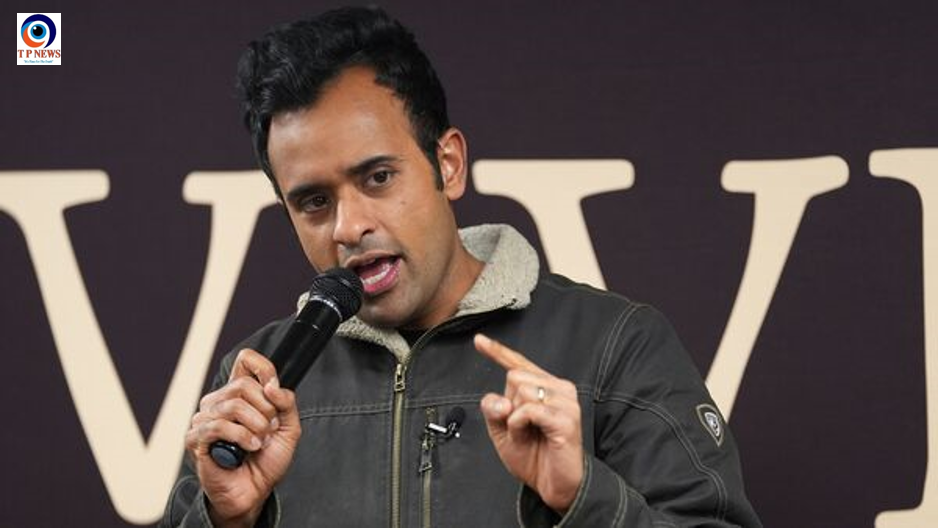In a shocking turn of events, former US President Donald Trump was struck in the ear in an apparent assassination attempt during a rally in Butler, Pennsylvania. The 78-year-old Republican candidate was addressing a large, enthusiastic crowd when a gunman opened fire. The incident, captured live on news channels, showed Trump with visible blood on his face as Secret Service agents quickly intervened, whisking him offstage to safety.
Ivanka Trump, daughter of the former president, expressed profound gratitude for the outpouring of support and concern following the violent incident. In a statement released shortly after the shooting, she praised the swift actions of the Secret Service and law enforcement, highlighting their critical role in preventing further tragedy.
“Thank you for your love and prayers for my father and for the other victims of today’s senseless violence in Butler, Pennsylvania,” Ivanka Trump stated. “I am grateful to the Secret Service and all the other law enforcement officers for their quick and decisive actions today. I continue to pray for our country. I love you Dad, today and always.”
The rally, attended by thousands of Trump supporters, erupted in chaos as the gunfire rang out. As the bullet struck his ear, Trump was seen ducking while Secret Service agents surrounded him. An audio feed from the stage captured Trump saying, “Let me get my shoes,” as he was escorted to a safe location. Despite the chaos, he was seen pumping his fist to the crowd, signaling his resilience.
This alarming incident is likely to heighten concerns about security and stability as the 2024 US presidential election approaches.










